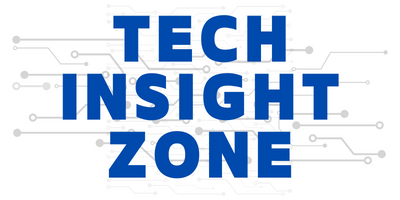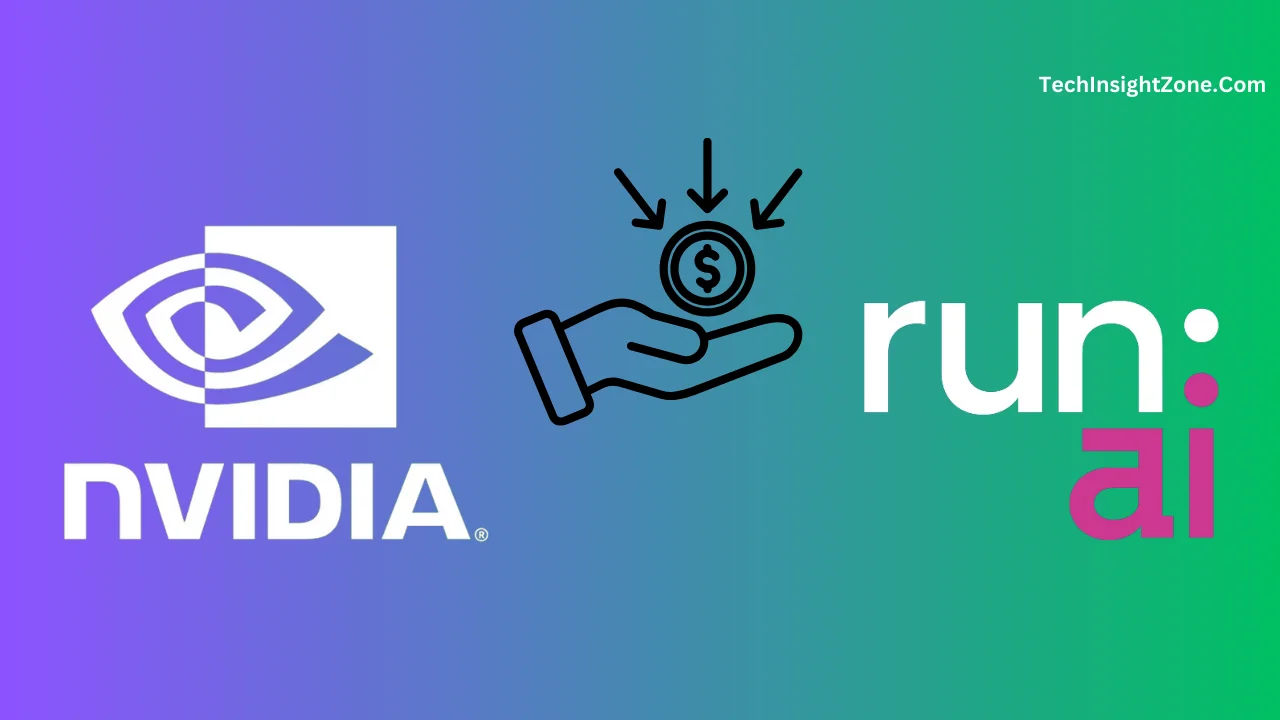In a move poised to impact the AI industry significantly, global leader NVIDIA (NASDAQ: NVDA) has announced its acquisition of Run:ai to foster a more efficient and streamlined AI development landscape.
Run:ai, a prominent Israeli startup specializing in Kubernetes-based workload management and orchestration software has made a name for itself in the AI infrastructure management sector.
Their platform, built on Kubernetes, empowers enterprise customers to efficiently manage and optimize their compute infrastructure across various environments – be it on-premises, cloud, or hybrid.
The platform provides a centralized interface for managing shared compute infrastructure, thereby simplifying the execution of complex AI workloads.
Let’s learn more about why NVIDIA made such a bold move!
NVIDIA’s Vision Behind the Acquisition
NVIDIA’s decision to acquire Run:ai is a strategic move aimed at enhancing the efficiency of AI computing resources. As AI deployments become increasingly complex, managing and orchestrating AI workloads require sophisticated scheduling to optimize performance at the system level and on the underlying infrastructure.
By integrating Run:ai’s capabilities, NVIDIA aims to provide its customers with a single fabric that accesses GPU solutions anywhere, leading to better GPU utilization, improved management of GPU infrastructure, and greater flexibility from the open architecture.
NVIDIA plans to continue offering Run:ai’s products under the same business model for the immediate future. NVIDIA DGX and DGX Cloud customers will gain access to Run:ai’s capabilities for their AI workloads, particularly for large language model deployments. Run:ai’s solutions are already integrated with NVIDIA DGX, NVIDIA DGX SuperPOD, NVIDIA Base Command, NGC containers, and NVIDIA AI Enterprise software, among other products.
However, implementing these plans may not be as easy as we think.
Potential Challenges and Future Implications
While the acquisition holds immense potential, NVIDIA may face challenges in seamlessly integrating Run:ai’s platform with its existing offerings and ensuring compatibility across various environments. However, given NVIDIA’s expertise and Run:ai’s innovative solutions, they are well-positioned to overcome these hurdles.
The acquisition is a bold move that could redefine the AI industry. It signals a new era marked by improved productivity, scalability, and innovation as organizations continue to harness the power of AI. The future looks promising, with customers standing to benefit from better GPU utilization, improved management of GPU infrastructure, and greater flexibility from the open architecture.
But if NVIDIA succeed this will highly impact the industry!
Impact on the AI Infrastructure Market
The acquisition of Run:ai by NVIDIA is likely to have a significant impact on the competition in the AI infrastructure market. NVIDIA is already a dominant player in the AI chip market. By acquiring Run:ai, NVIDIA is further strengthening its position by adding advanced workload management and orchestration capabilities to its portfolio.
This move could potentially increase the competitive pressure on other players in the market. Companies that are also developing AI infrastructure solutions may need to innovate and differentiate their offerings to stay competitive.
Also, the acquisition of Run:ai by NVIDIA is a strategic move that could potentially influence the pricing for customers using NVIDIA products. However, the exact impact on pricing is not immediately clear from the available information.
NVIDIA has stated that it will continue to offer Run:ai’s products under the same business model for the immediate future. This suggests that in the short term, there may not be significant changes to the pricing structure for existing Run:ai services.
Final Words: A Glimpse into the Future of AI
NVIDIA’s unwavering commitment to advancing AI technology, as evidenced by this acquisition, serves as a clear indicator of the exciting developments on the horizon.
The integration of Run:ai will undoubtedly reshape the AI infrastructure landscape, propelling the industry towards a future characterized by greater efficiency, scalability, and groundbreaking innovation. The coming years will be fascinating as we witness how this bold move unfolds and revolutionizes the way we interact with AI technology.
As the industry witnesses such pivotal advancements, it resonates profoundly with the narrative of ASUS and partners forging ahead in shaping a smarter future through AIoT innovations. Seamlessly blending AI prowess with IoT technologies, ASUS’s endeavors mirror the evolving landscape of intelligent solutions.






